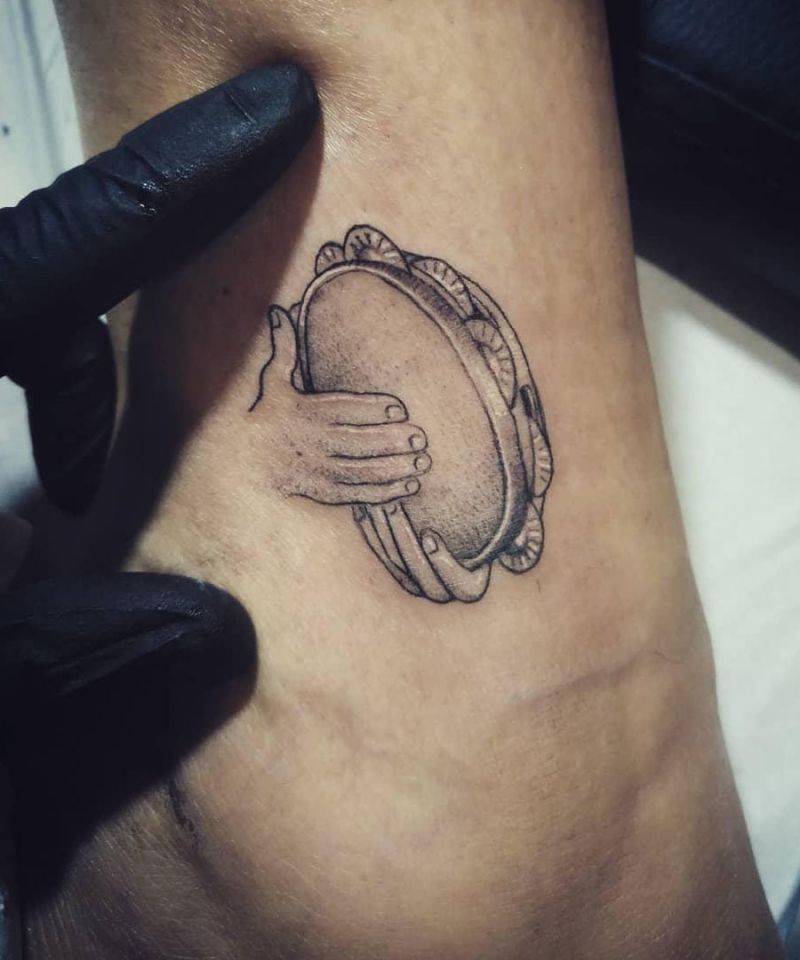Tambourine has a round drum frame with a diameter ranging from 8 inches to 14 inches. It is made of wood or metal and inlaid with multiple groups of metal sheets. When a musical instrument is struck, the metal pieces collide with each other at the same time to make a sound close to the horse bell, so it is named.
One side of the tambourine drum surface can be molded with a tympanic membrane. The tympanic membrane is mainly made of animal skin (sheepskin or cowhide). Plastic tympanic membrane is also used. Although most drum instruments have now switched to plastic tympanic membrane, tambourine has a unique playing method, which makes broken and dense ringing sound by rubbing the wet thumb on the tympanic membrane. This method is far better than plastic tympanic membrane in animal skin tympanic membrane, so it is still retained.
The origin of the tambourine can no longer be investigated, but in the historical documents or unearthed cultural relics in Central Asia, Central Europe, Portugal and India, it can be proved that musical instruments similar to the tambourine were handed down hundreds of years ago. There are many ways to play tambourine. Each method produces a different sound.

Source: @inksonnia